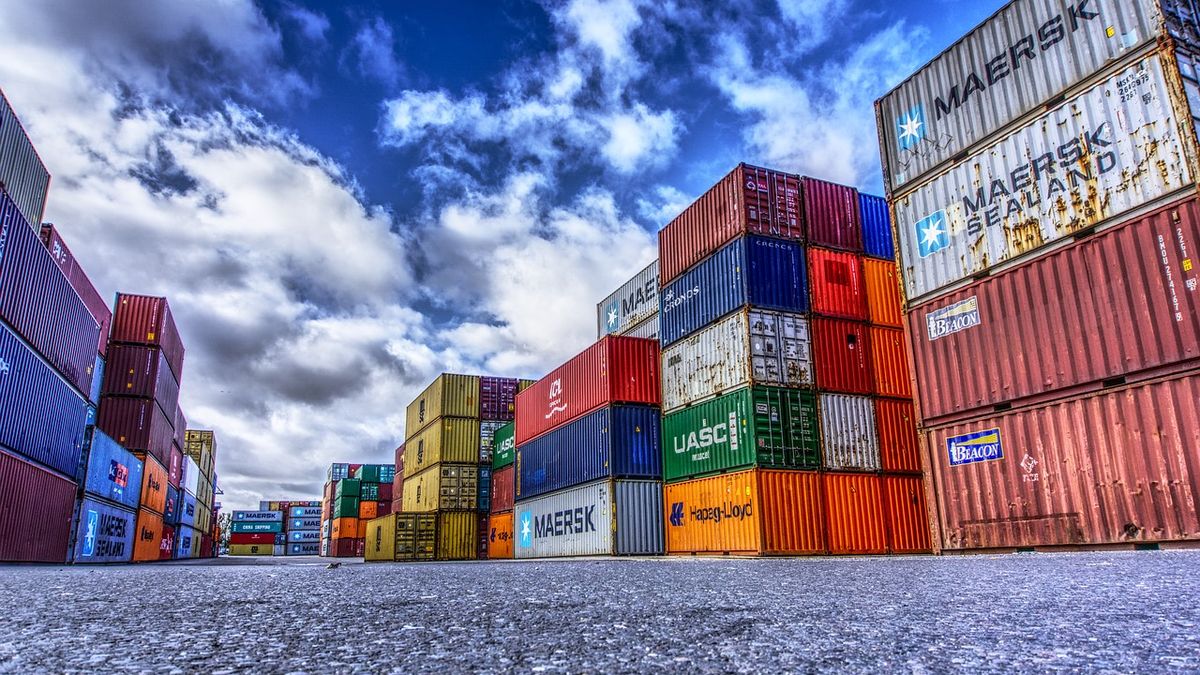The use of local currencies for the payment of exports and imports within the Mercosur focused the last meeting of the Cefir regional integration training center, in which the president of the Central Bank of Uruguay (BCU), Diego Labat, and Matias Camejorepresentative of the Union of Exporters of Uruguay (UEU).
Labat pointed out in line with international agreements to carry out payment in local currencies to Uruguay The most notable has been the agreement signed with Brazil in 2014. In 2015, the movement that went through local payments was 3.8 million dollars in Brazilian exports and 5 million dollars in Uruguayan exports. From that year onwards, payments from Uruguay Brazilian exports have been increasing, unlike what happened with Argentina and Paraguay where there has been very little activity.
With Argentinathe first export through the local payment system was this year, with a single operation of 30,000 dollars.
Labat indicated that for this to happen, some operational changes were coordinated with the Central Bank of the Argentine Republic (BCRA). “The first thing is that this system with Argentina only operated for trade in goods, now it operates for trade in services. Secondly, the agreement established that the invoicing of the goods be done in local currency. Uruguay invoiced in Uruguayan pesos and Argentina invoiced in Argentine pesos. With the new agreement, billing can be done in either currency,” he explained.
“The commercial conditions that we have had in recent times with Argentina, clearly they have not been the best. So, there was a single operation, but it is important to understand the context in which we are,” added the president of the BCU.
The reality with Brazil is different according to the leader. “Once they have started using it, they don’t go out. They have found the taste, the benefit, and from there they use it,” he noted.
Diego Labat was emphatic when pointing out his critical view of the possibility that there is a common currency of Mercosur. “This is neither the time nor the way, the best scenario is the agreed trade in local currencies,” she reaffirmed.
For its part, Matias Camejorepresentative of the Union of Exporters of Uruguay (UEU) pointed out that they usually receive several queries from exporters due to the impossibility of receiving payments in a timely manner, especially since Argentina. “We receive many requests, in some cases desperation that some exporters have to trade with the Argentina since they are having difficulties in approving licenses and the deadlines for collecting, in some cases they reach 180 days, even now we are at 240, 250 days to be able to collect,” he argued.
But, beyond the request for information, the method does not seem to convince the business community. “Honestly, exporters have not seen it as an instrument to facilitate these agreements. Exporters today are demanding new instruments to reduce the time it takes to approve licenses and the time to be able to collect,” said the union representative.
For your part Ariel González Serafinrepresentative of the Argentine embassy in Uruguay, recognized the existing difficulties. “It is evident that we have a currency crisis very important and that our currency is not very firm. This type of tool is fundamental because it has this double objective of facilitating and promoting trade particularly with the countries of the region, in line with the permanent objective of strengthening integration, but also generating important support for what is the market of each currency,” he said.
In this sense, the diplomat made reference to incorporations at the level of cross border payment between both countries that seeks to facilitate some steps, not only at a financial level but also in aspects such as social Security.
González Serafin exemplified the issue of transfers for family support and the issue of payment of retirements and pensions, always based on bilateral agreements that exist between the institutes of the two countries.
Diplomatic representatives from Brazil also participated in the meeting held in the house of the Regional Integration Training Center located in the Prado area, Ecuador and Chili who made consultations at the table and made assessments of the functioning of commercial integration through Aladi (Latin American Integration Association).
Source: Ambito




